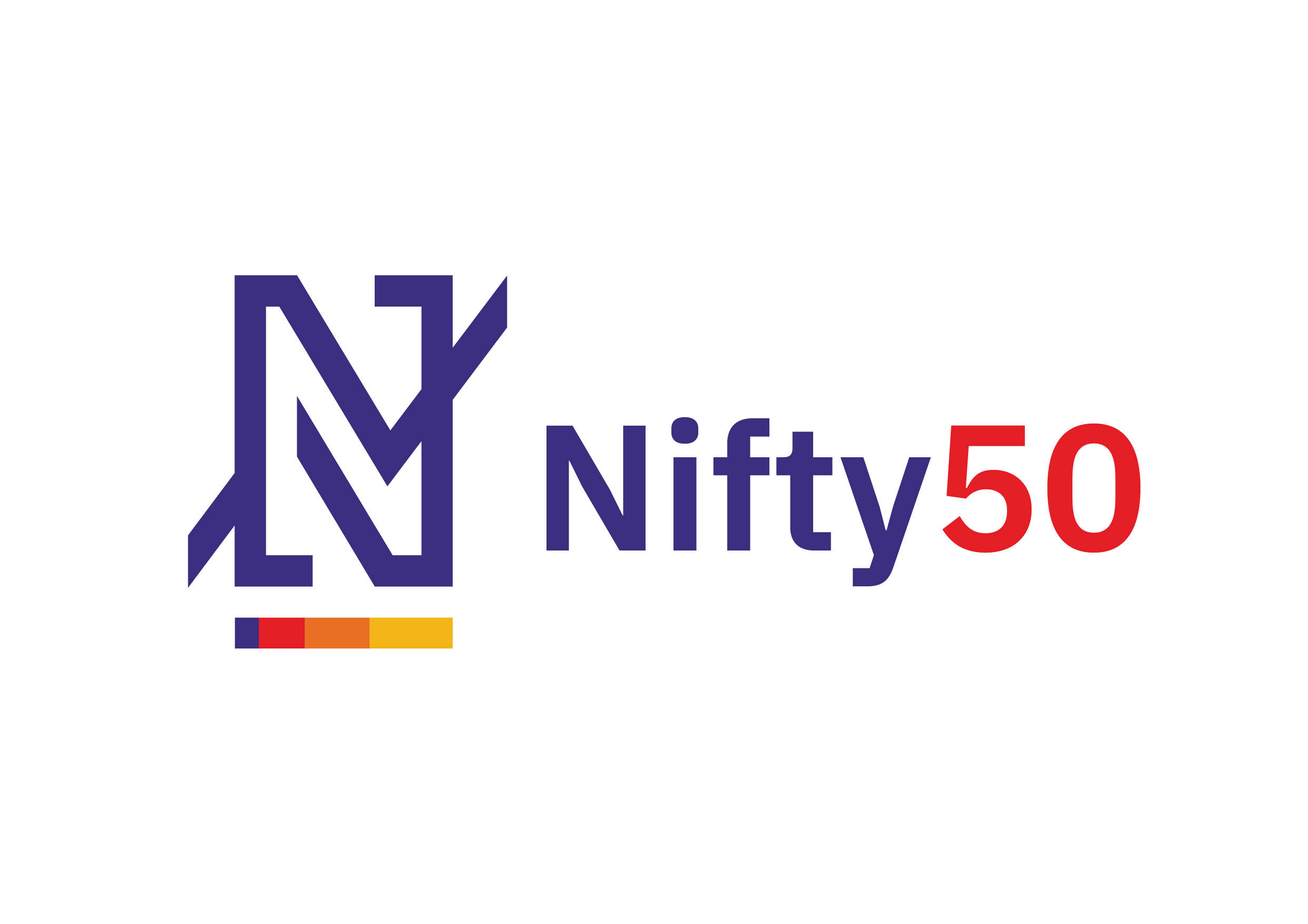Are you in a sense of ambiguity about your current working position and want to start saving money?
Are you a Student pursuing Graduation and wanting to save some part of your pocket money or a capital for your dream start-up?
Are you that typical Indian Middle-class guy who is aspiring to build your own house or buy a car, but your current financial reserves are pulling those dreams down?
Are you an employee on the verge of retiring in a few years and is worried about life post-retirement?
Then you are on the right platform...
The stock market is the perfect solution for all your financial problems. You don’t need to be a CA or approach a mediator for your requirement. If you invest quality time in researching the market and be spontaneous, it is adequate.
Here, we will not be giving our Vishleshan but we as a part of our initiative ‘Reader’s Corner’ has brought you a set of FAQs with insights from one of our reader Ganapathi Raju Suneel.
1. What is the Stock Market?
The stock market is also called as Share Marketing. Any company has its own promoters (the people who start a company or Co-founders) if the promoters want money for the capitalization of their company, they list their company in either National Stock Exchange (Nifty or NSE) or Bombay Stock Exchange (Sensex or BSE).
After listing their company promoters put shares of their company available to Foreign institutional investors’ (FII), Domestic Institutional Investors and Public Investors’. The value of the share of a company varies depending upon its performance in the market.
At present, more than 4000 firms are listed under NSE and the number is more than 6000 in the BSE.
From the time a company lists itself in either Nifty or Sensex, they fall under the jurisdiction of SEBI (Security Exchange Board of India).
2. How did BSE and NSE grow over the years?
Nifty started with 100 points and today it is about 10,000 points which signifies that the worth
of Nifty has increased 100 times since its inception in 1996.
Similarly, BSE has also improved leaps and bounds from 100 points in 1986 to 42,000 it's all-time highin January 2020.
3. How to invest in the Stock Market?
To start investing and trading in the stock market you need a ‘DEMAT account’, through which you will get an entry pass to start investing in the company of your choice.
There are many companies that offer you an account that requires basic documents like PAN, Bank credentials, and AADHAR at a price of 200 INR or thereabouts like HDFC, KOTAK, SBI, etc., there are also agencies like Angel Broking which offer the Demat account for free.
4. How to Choose a Company?
There are few fundamental and technical requisites you need to possess before investing in a company they are:
Fundamental:
· Returns on Equity ratio (ROE) and Debts on equity ratio (DOE)
ROE should be >= 1.5 & DOE should be <= 0.1
· Capitalization
· Net profit per year (Quarterly basis is preferable)
· Promoter’s Ratio
· Assets of the company
· FII’s, DII’s percentage
· Dividends and Face value.
Technical:
· Trend patterns, Trend ranges
· Chart patterns, Candlestick charts
· Pivot points
· Specific indicators
· Stop loss and Trigger price
5. What are Mutual Funds?
If you invest your money in Mutual funds (MF), they will invest your money in the Stock market. They have their own fundamental and technical analysts. Those analysts invest this money of yours in shares of companies and reduce the possibility of risk when compared to you investing in a firm.
For instance, you invest a sum of 1000 rupees in MF then that amount will be invested through stocks by the MF. If that particular company had profits then say your share of profit is 3000 rupees. The company provides MF services to hold 10-15 percent of the profits and return the rest.
If you wish to contribute like how Suneel did today then mail your work HERE




Thank you Ganapathi Raju Suneel for the information.
ReplyDeleteTq
Deletetq Suneel for the information
ReplyDelete